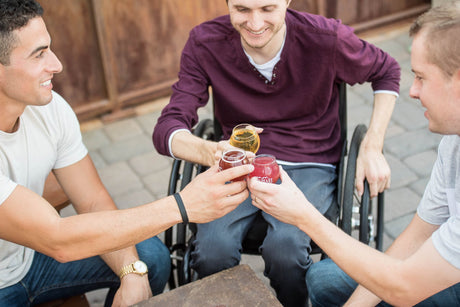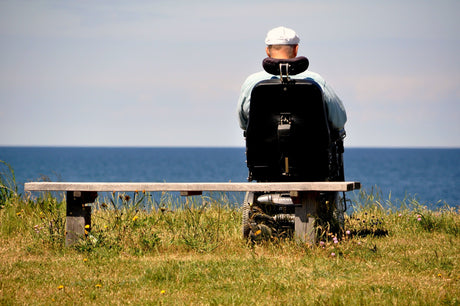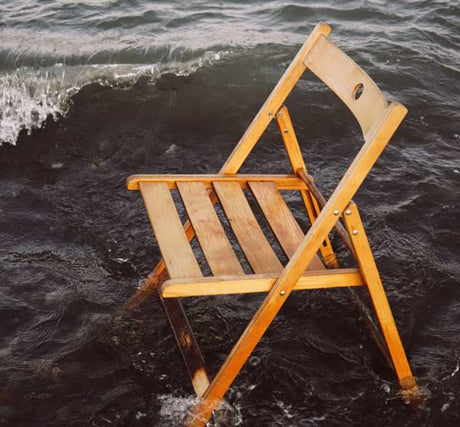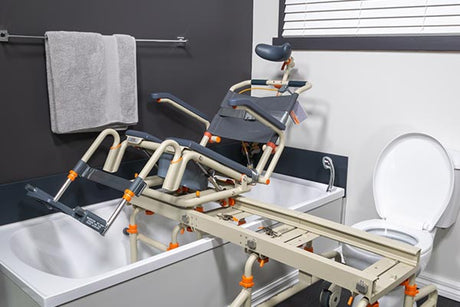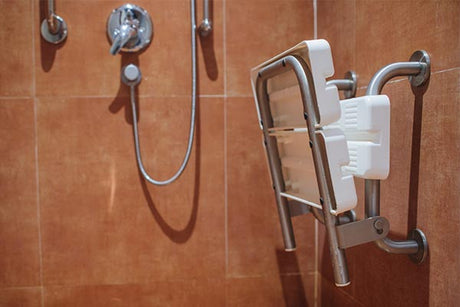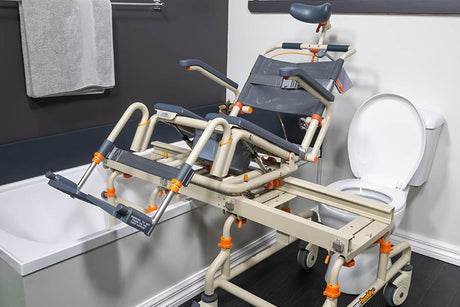Small bathroom? Prepare for bathing before entering
As with lots of things in life, preparation is the key to success. It’s not uncommon for families to default to bringing their loved one into the bathroom and then preparing the bath and the individual for bathing. In a large bathroom this might be perfectly adequate, but for many bathrooms without the luxury of lots of space, it can make everything much harder than it needs to be.
With the individual changed for bathing and the bathroom ready, it’s now a much simpler and quicker process of getting into the bathroom and into the tub.
Clean the bathroom and clear clutter
Keep surfaces dry
- The bathroom floor – tiles, lino etc
- The side of the outside of the bathtub
- The top edge of the bathtub
- The transfer equipment
Dry surfaces will give the carer and the individual more traction as the transfer is conducted – especially important with any manual transfers where the uneven distribution of weight plus water can create hazards.
Have an OT-approved bathroom plan
Occupational therapists will work with their clients on the plan together. They’ll want to encourage the individual to have input into their own transfer process which is important to feel engaged with the process. They may also coordinate a carer to come in and trial the plan for bath transfer.
Time baths for when everyone has the most energy

Make use of assistive equipment like a bathroom transfer system
Instead, a full bathroom mobility system that accommodates the user in a seated position, transfers them across into the bath via a bridge, and allows bathing all without manually lifting is going to make the transfer easier and less risky.
Bathe in a seated or reclined position on a shower chair
For easier assisted bathing, rotation and transfers, consider an option that allows secure seated position, or equipment that reclines the user if they require pressure to be taken off their core and legs.

Don’t rush the transfer
Further reading
Enjoyed this article? You may be interested in these resources online:
- Successful Bathroom Transfers – Caregiver.com
- Bath Transfer – Showerbuddy
- Techniques for moving and handling people – ACC

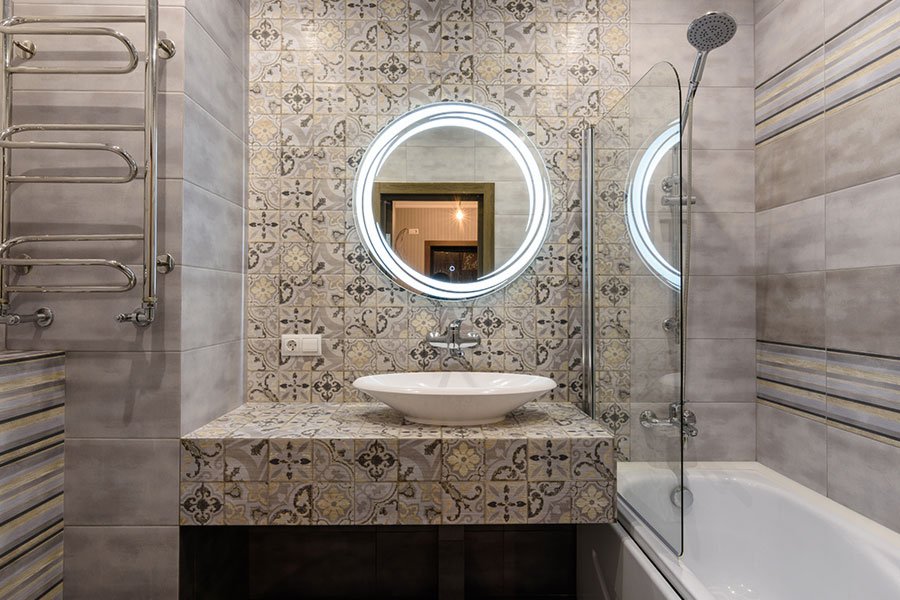
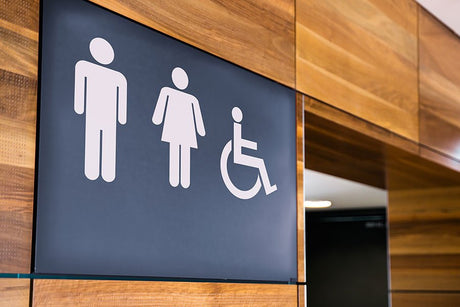
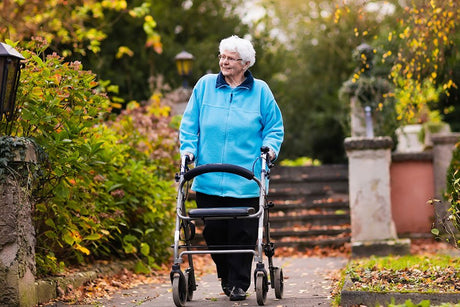
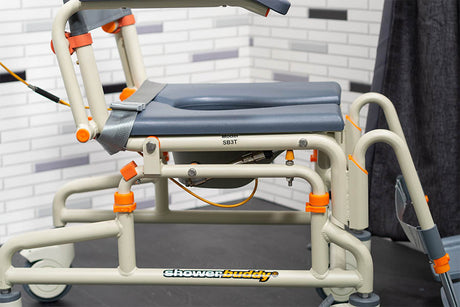
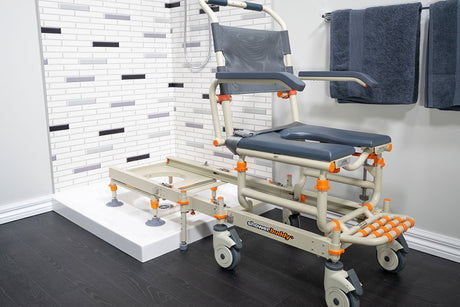
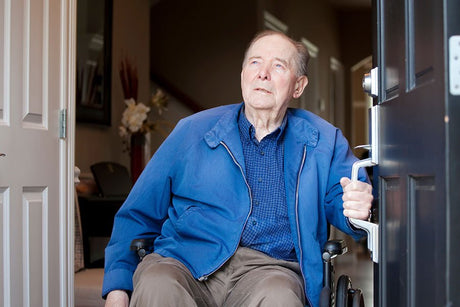
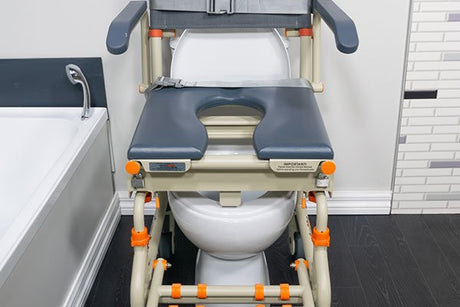
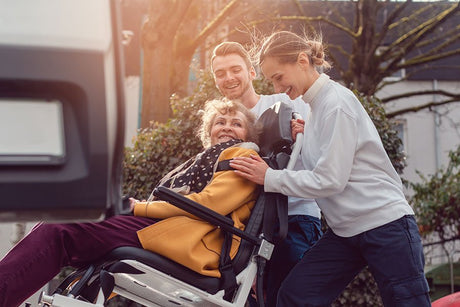

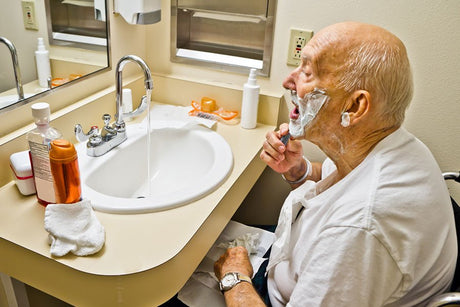
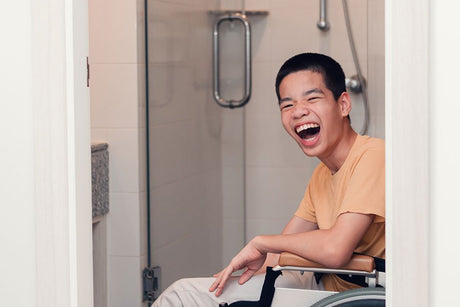
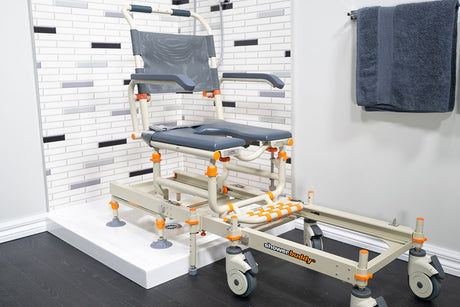

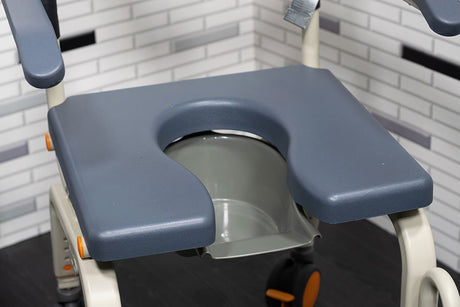
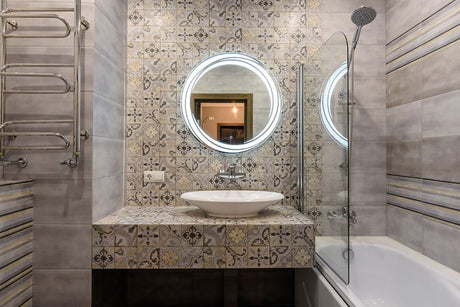
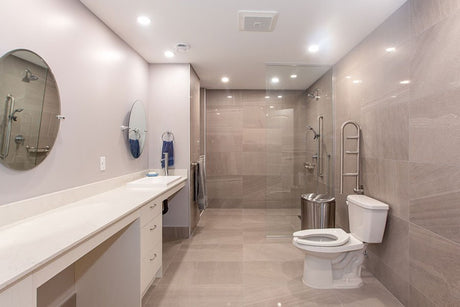
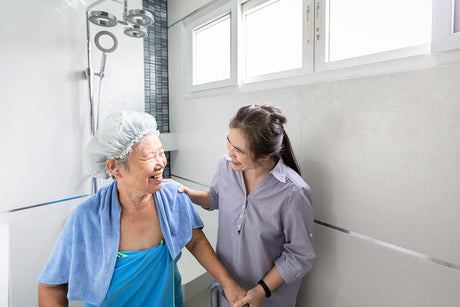
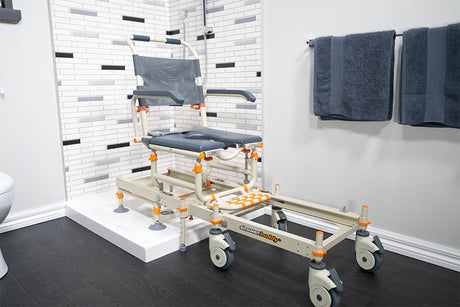

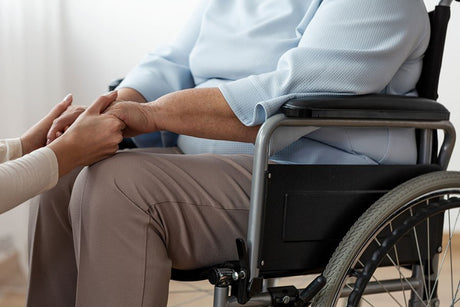
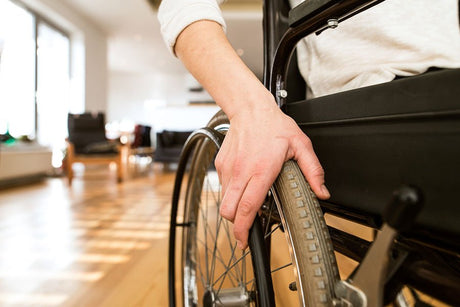
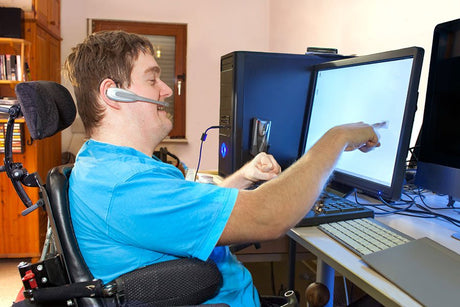
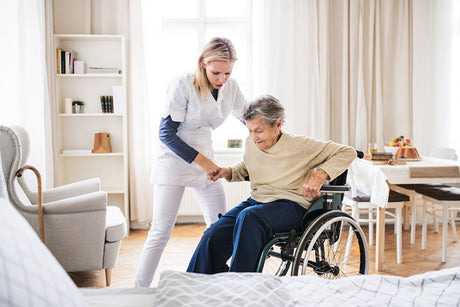
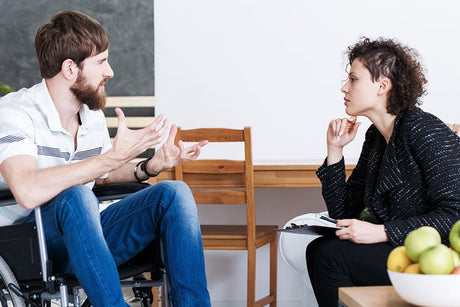
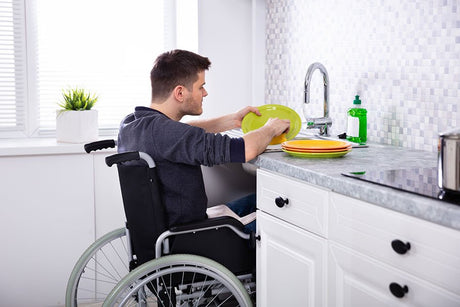
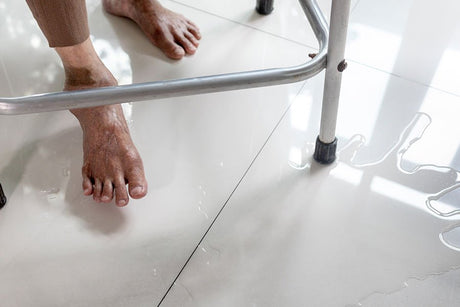
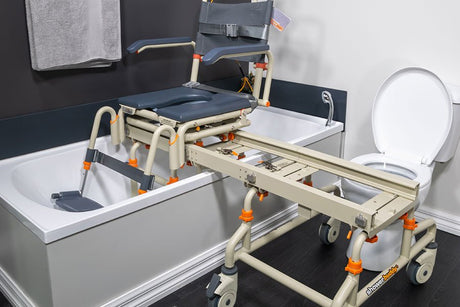
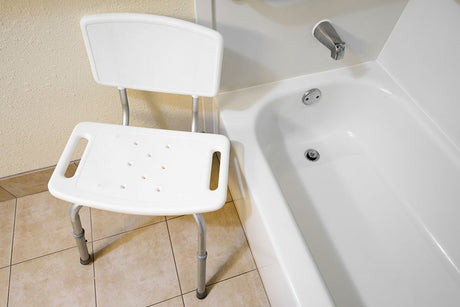
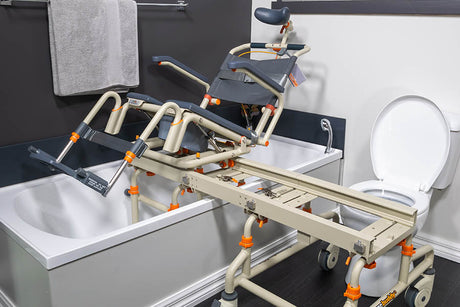
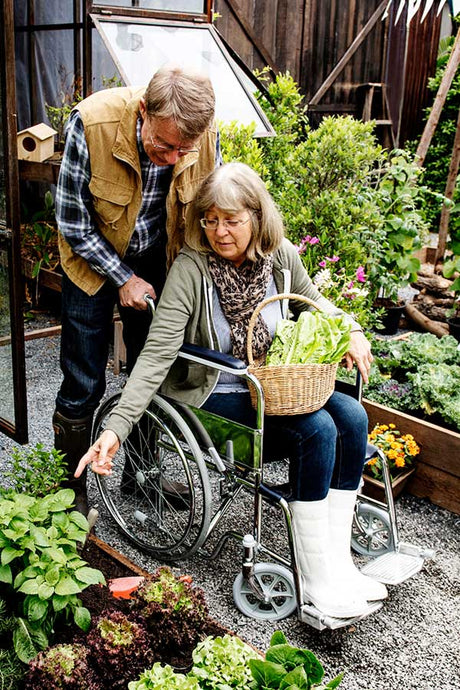
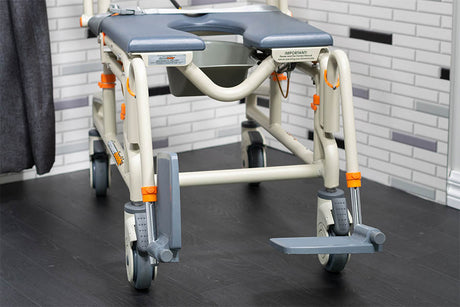
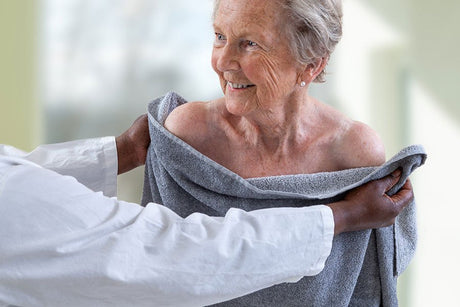
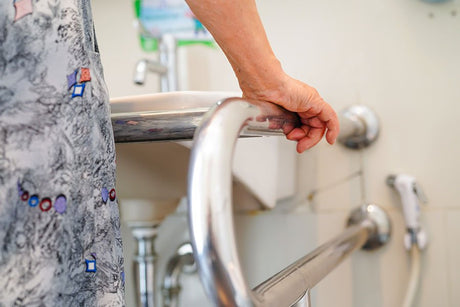
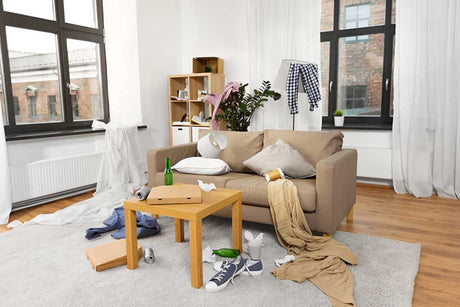
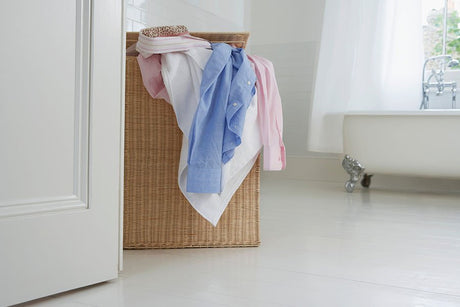
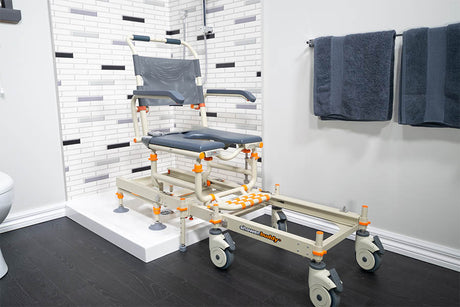
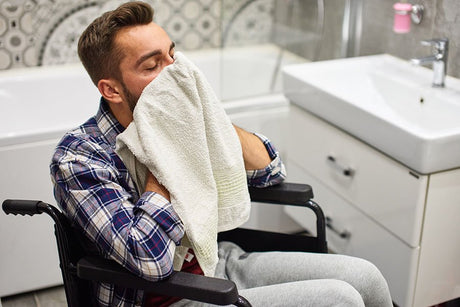
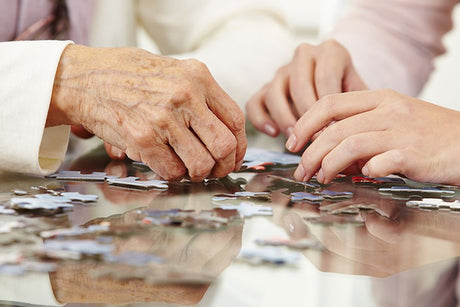
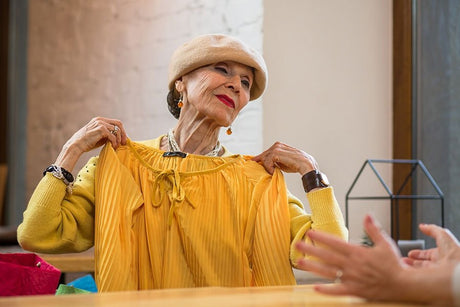
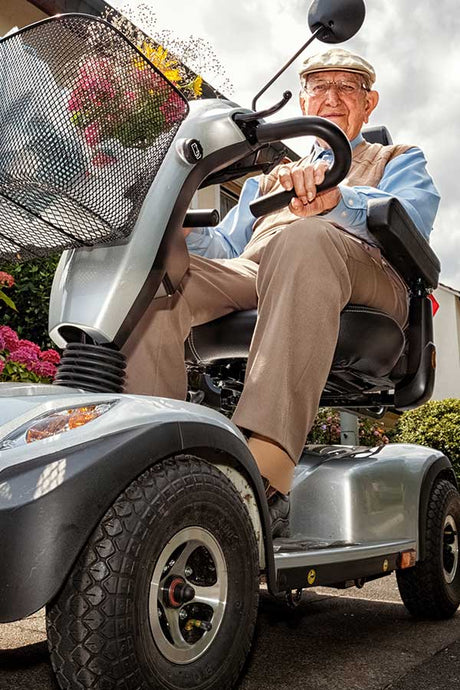
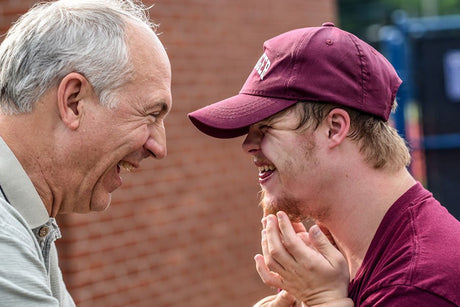
![Toilet Training A Young Child With Mobility Challenges [And How A Shower Chair Can Help]](http://shower-buddy.com/cdn/shop/articles/toilet-training-disabled-child.jpg?v=1699405543&width=460)


